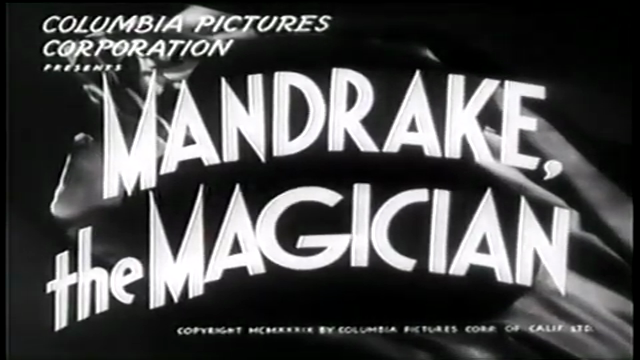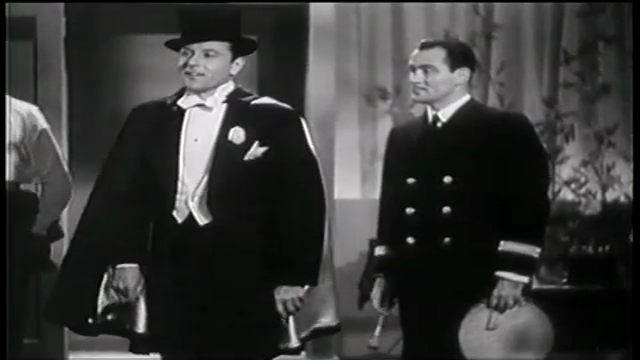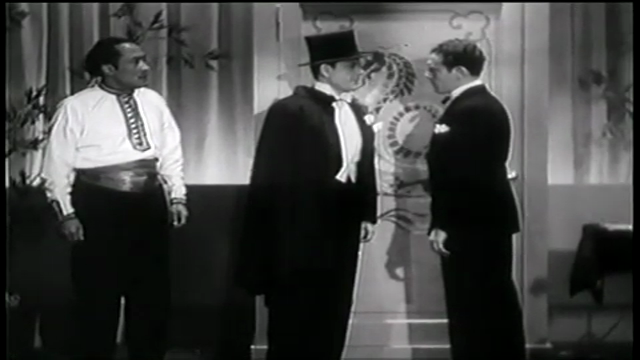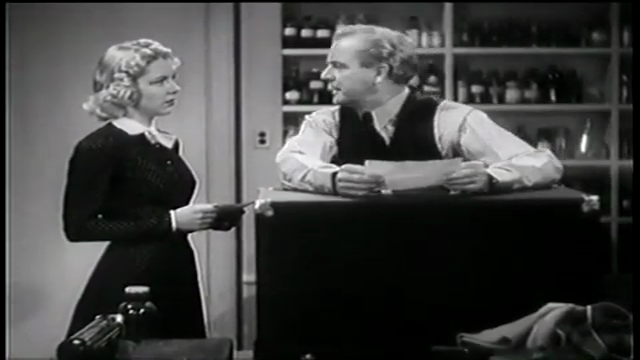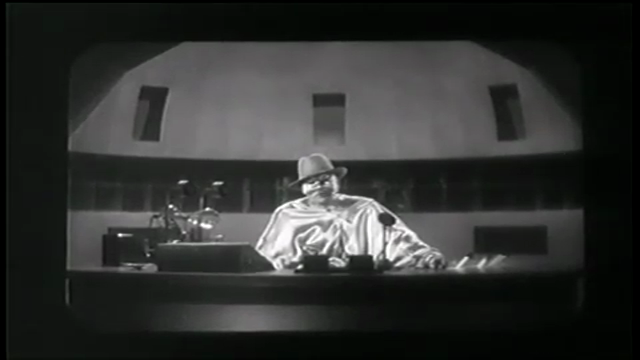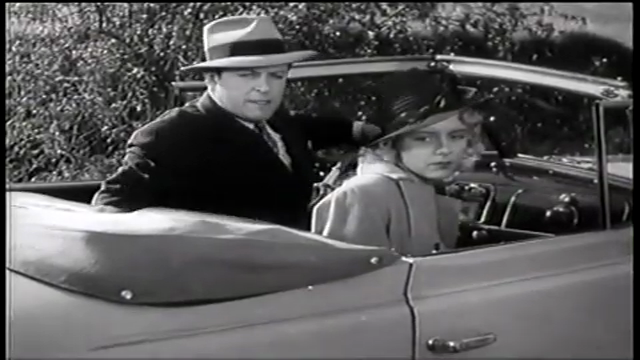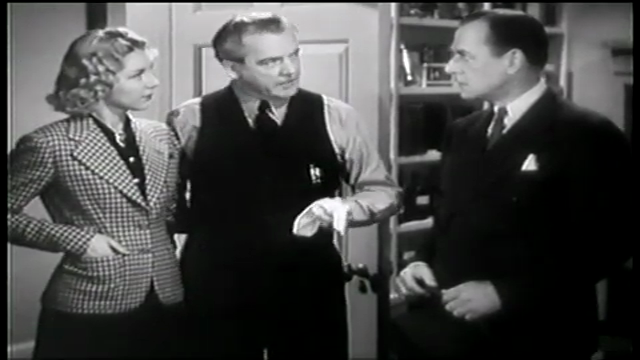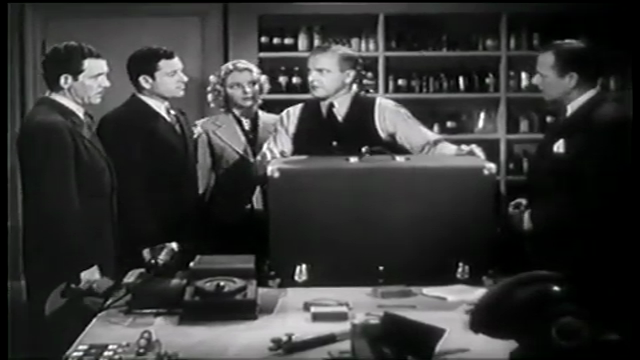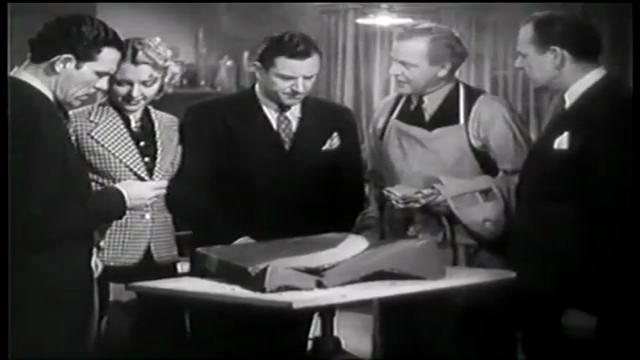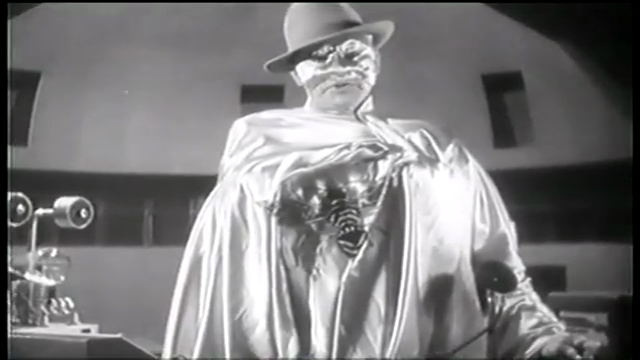-
#440 – Mandrake, the Magician (1939)
Mandrake, the Magician (1939)
Film review #440
Directors: Norman Deming, Sam Nelson
SYNOPSIS: The magician Mandrake and his assistant Lothar are performing magic shows on a cruise liner when they make the acquaintance of Professor Houston, who claims to have invented a “Radium energy machine.” When this miraculous invention is stolen by a criminal known only as “The Wasp,” Mandrake must use all of his cunning to recover the machine and defeat the villainous criminal mastermind.
THOUGHTS/ANALYSIS: Mandrake, the Magician is a 1939 movie serial comprised of twelve chapters, and based off the comic strip of the same name. the serial starts out on a cruise ship with Mandrake performing a magic show with his assistant Lothar, when they make the acquaintance of Professor Houston, who has developed a radium energy machine for the good of mankind. When Mandrake visits Professor Houston and his family at his home, he finds that the radium gun has been stolen by a criminal mastermind known only as “The Wasp,” who wants to use it for nefarious purposes. This begins the usual serial plot of attempting to stop the mysterious criminal mastermind and his henchman by foiling their various plots, with car chases, fistfights and explosions along the way. It’s fairly standard stuff for the format, and content I have reviewed plenty of times for the other serials I have reviewed. There’s enough action and variety to be entertaining for the time, but not much to enthral viewers nowadays.
The comic strip character Mandrake was very much a proto-superhero, using illusion, hypnosis and trickery in his masked disguise to thwart villains. This serial adaptation does what most similar adaptations of these characters do, and simply use a recognisable name and strip down anything unique or interesting (or anything too expensive to accomplish) to fit them into the serial format of the All-american hero who solves all his problems with his fists. Mandrake’s “magic is reduced to some cheap novelty tricks which only feature prominently in the first chapter (with the usual purpose of enticing viewers into theatres to watch it and returning for subsequent chapters, despite these subsequent ones lacking the excitement of the first). There’s a scene where the villains tie up Mandrake’s hands, but obviously being a magician, he can easily slip out of them; the villains should probably have thought about that a bit. The rest of the characters are unnoteworthy: Lothar as Mandrake’s assistant is the only non-white person and refers to Mandrake as “Master,” which is a typical portrayal of non-white characters as subservient to the main characters. Professor Houston’s family includes his daughter Betty (as the token female character) and Tommy Houston as the “kid” character the younger viewers can identify with. The Wasp is another serial villain who takes the identity of an animal, and is also secretly one of Mandrake’s allies; a plot point that is only revealed in the last ten minutes or so, and has no real impact on the plot anyway. His disguise is quite distinct, but other than that there’s nothing particularly memorable about him.
As always with these serials, there’s a strict (no) budget to these serials, with nothing too fancy beyond explosions, car chases, and stock footage from anything more extravagant. The sets at least have some effort put into them as well as the radium machine itself looking like an interesting prop. The shots of models being destroyed are, while not convincing by today’s standards, are visually arresting. The cliffhangers employ a variety of situations that put the protagonists in danger, but as always are resolved rather unremarkably. I think Mandrake, the Magician could have been an interesting serial if it would have focused on the “magic” angle a bit more, and offered some different action and heroics to set it apart from other serials. As it is though, it follows the typical formula of using the name of a popular character and taking out all their unique features to fit the pre-established serial format to allow for quick production and release. There’s nothing overly bad about it, but it is unremarkable in the plethora of these stories in the serial format.
